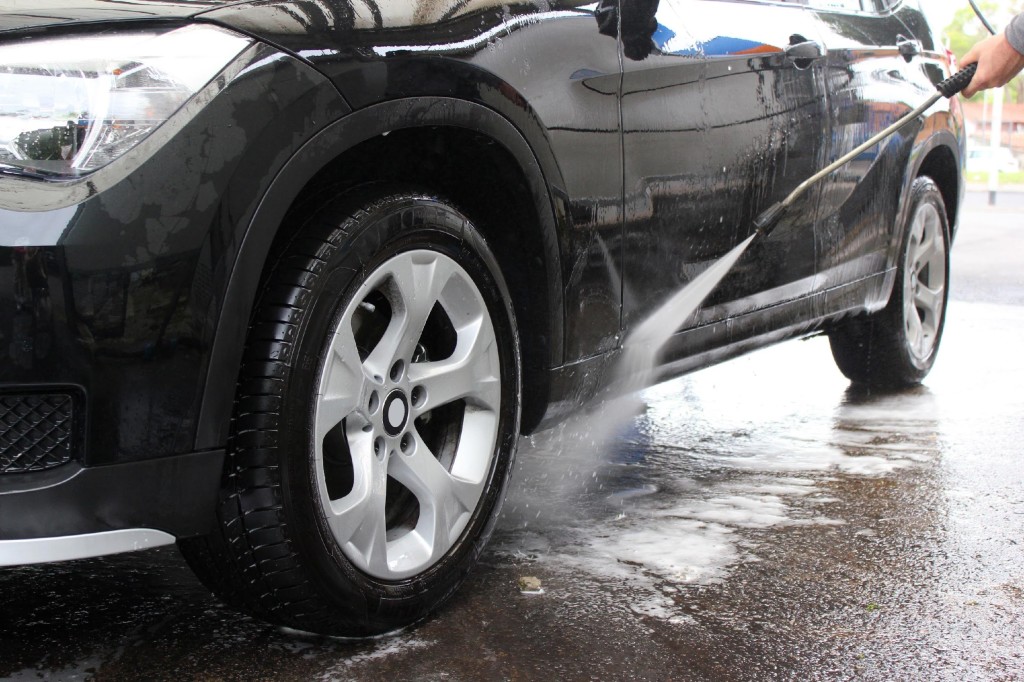
According to AAA, record numbers of US drivers are expected to take to the open road this summer. Whether planning on a leisurely drive in the country or an epic road trip adventure, making sure your vehicle is up to the task is essential. Ensure your vacation doesn’t turn stressful by giving your vehicle a checkup before you get going. The experts at Cars Protection Plus put together the following guide for inspecting your vehicle before a long road trip. Follow the steps below to ensure a smooth journey.
- Review Your Fluids – Your owner’s manual is the best reference when it comes to fluid reservoir locations and optimal levels. Park on a level surface and be sure to set the parking brake. Check your oil, coolant, windshield washer and brake fluid, all of which could prevent an unnecessary accident or breakdown.
- Get Some Air – There are few things that put a damper on a road trip quicker than a flat tire. But finding out that your spare tire is just as flat is definitely one of them. People forget far too often to check the air pressure in all five tires before a road trip. Ensure each tire has the optimum level of air, according to the owner’s manual, and you should be in good shape.
- Put Abe to Work – Goodyear recommends checking tread depth using the penny test. Simply insert a penny into your tire’s tread groove with Lincoln’s head upside down and facing you. If you can see all of Lincoln’s head, your tread depth is less than 2/32 inch and it’s time to replace your tires.
- Grab a Buddy – Most cars will have an indicator that alerts the driver when a light is out, but it’s better to be safe than sorry before a long road trip. Take a friend outside with you at night and have them report on the lights of your car. Check the headlights, taillights, reverse lights and blinkers.
- Get Clean – Keeping a clean vehicle is important for more than just vanity. There are huge safety benefits to having a clean car. Clean windows and headlamps ensure your views are never obstructed on the highway.
- Get Packed Up – Packing may seem like a pain while you’re doing it, but it sure feels good to have your belongings when you need them. The same can be said for emergency car equipment. Pack an emergency kit for your car including batteries, flashlights, screwdrivers and a puncture repair kit. It will be well worth the effort if problems arise.
